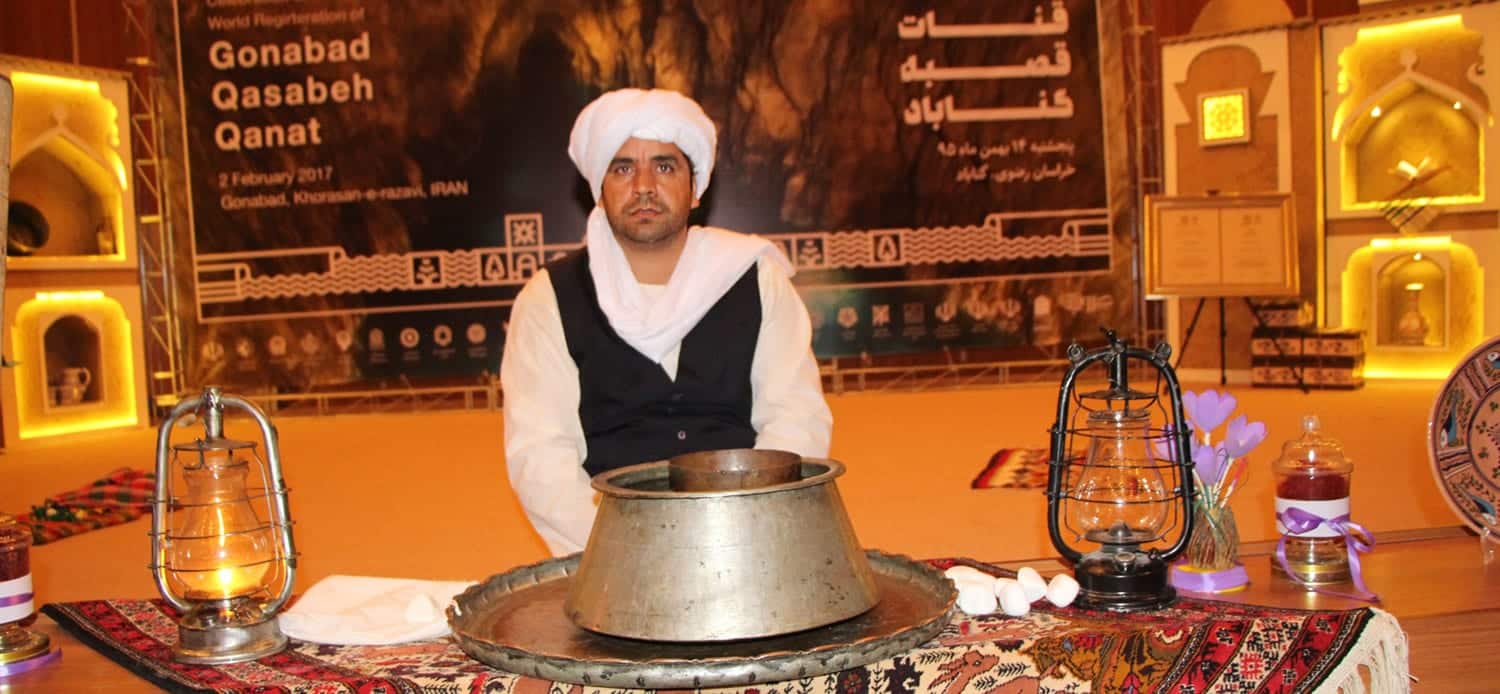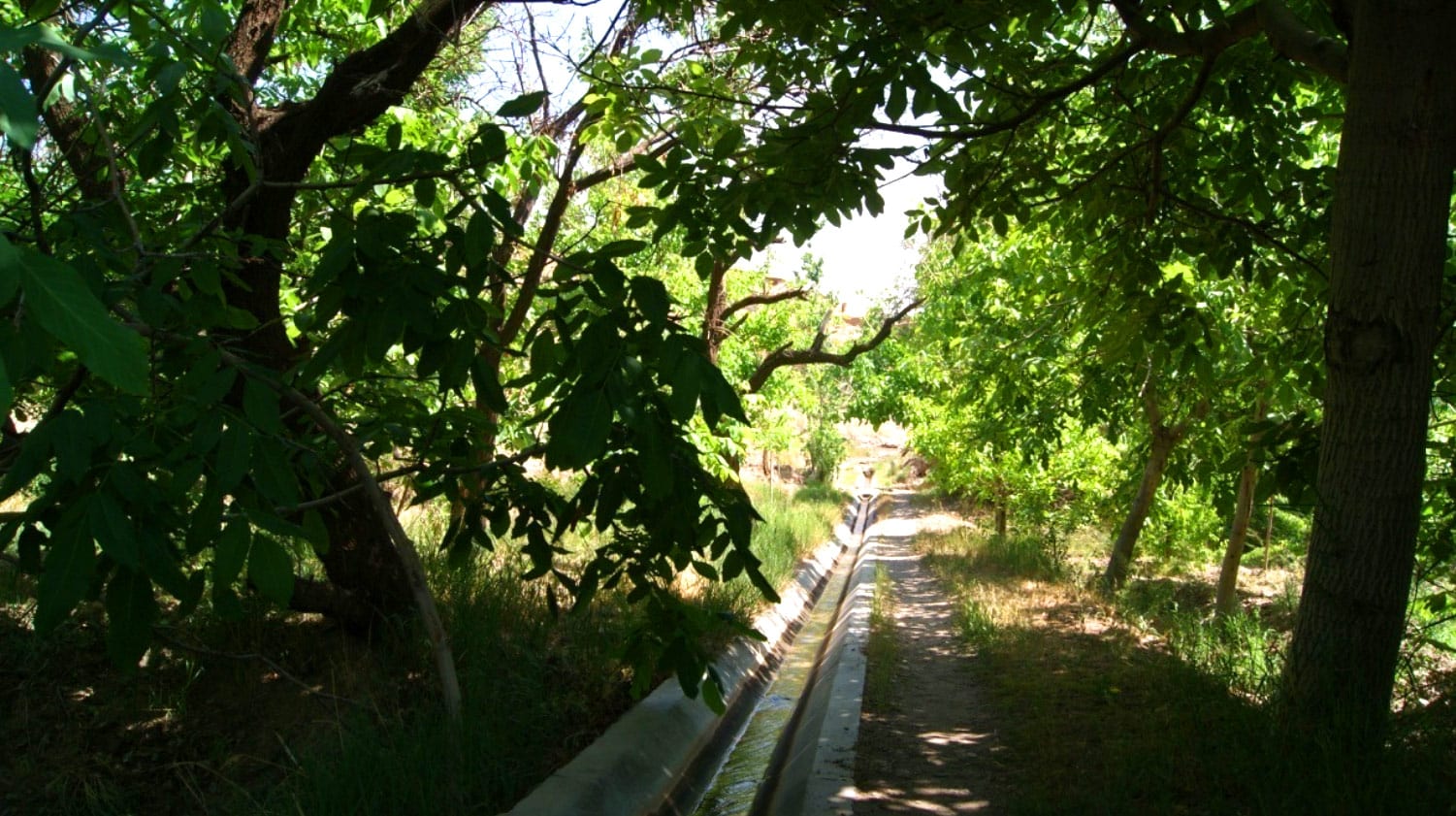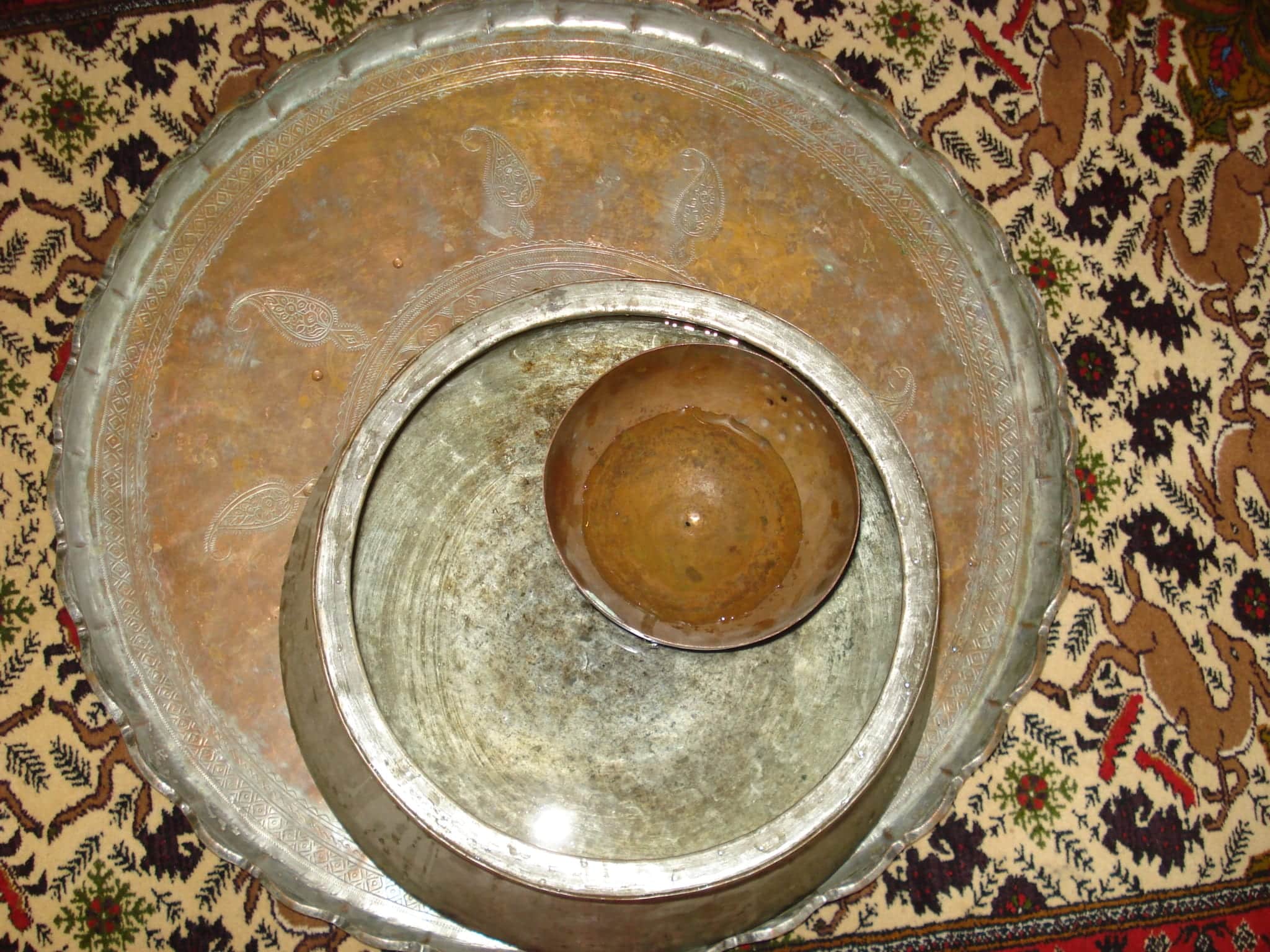Qasabeh Qanat: A UNESCO World Heritage Site
An Ancient Water Tunnel Become UNESCO World Heritage Site

Qasabe Qanats of Gonabad also is called kariz Kai Khosrow is one of the oldest and largest qanats in the world built between 700 BC to 500 BC. It is located at Gonabad, Razavi Khorasan Province, Iran and contains 427 water wells with a total length of 33,113 meters.
From the point of topographic features, Siyah Kuh mountains are in the western parts of this region whereas low lands are found in its north and northeast direction. The catchment of Qasabeh Qanat covers an area of ca. 317.67 km2, which is a part of Iran’s Central Desert basin.
The maximum height from sea level in the western part of the aquifer is 2785 m and the minimum height of ca. 1104 m from the sea level is located on the north side.
Siyah Kuh mountains are the main water source for Qasabeh Qanat. With an average temperature of 127˚c and an average of 240 mm for a 30 year period due to the geographical situation and distant water resources, this region can be known as a semi-arid zone. However, the western parts of this area receive a higher rainfall compared to the north and northeastern parts.
his qanat is one of the most important and historic qanats in Iran Plateau which has had a vital role in the development of a qanat base civilization in the region and in the whole world. Certain features have made this qanat of the outstanding water structures in Iran. Its antiquity, construction method, management system and structural techniques are some of these features.
One of these unique features is its digging technique. Based on study of existing records and interview with the elder locals, at least 75 m of the mother well of Doolāb branch’s depth and other tarān wells have been dug by means of sar kuli (devil kani) method, in which digging starts from the bottom and follows upward. This method is a difficult task, requiring precise navigational calculation in demanding working conditions that has been thoroughly done by our ancestors.
Thus, Qasabeh Qanat enjoys two advantages, first it is the deepest qanat in Iran and second it is the only qanat with the highest rate of devil kani in it.
Considering the long history of this qanat, it is noteworthy to mention that it has experienced th
e lowest fluctuation in its water discharge. Based on the fact that the main water recharging source of mother well of this qanat is 300 m deep, therefore fluctuations in yearly rainfall or the occurrence of natural disasters such as drought have had no significant effect on the water discharge. The flow rate of this qanat which is about 140 liters/second has remained stable for a long period.
One of the main factors poses a threat to the qanats is digging deep or semi deep wells in their buffer zone which leads to a reduction in their water discharge and eventually develops the possibility of their desiccation. Fortunately, due to the high appreciation of the structures by the locals, there is no deep well dug within the buffer zone of its mother well.
On one hand, the existence of no deep well in the area and on the other hand, prohibition of digging deep wells in this plain has contributed to the survival of Qasabeh Qanat and its unchanged water discharge.
Also the presence of no leakage spots is of significant importance which is an indication of precise calculations and high knowledge in location choice and in construction works. Hydrological and geological studies conducted on the course of this qanat show that the qualities of the qanat bedding substances do not allow water leakage, and help efficiently to the preservation of water flow.
Although the elder locals believe that the existence of conglomerates in certain sections of the qanat’s gallery may affect its water discharge, nonetheless, there is no water leakage due to geological structure of qanat and thus water stores in its galleries.
This site were first added to the UNESCO’s list of tentative World Heritage Sites in 2007, then officially inscribed in 2016 with several other quants under the World Heritage Site name of “The Persian Qanet”.







